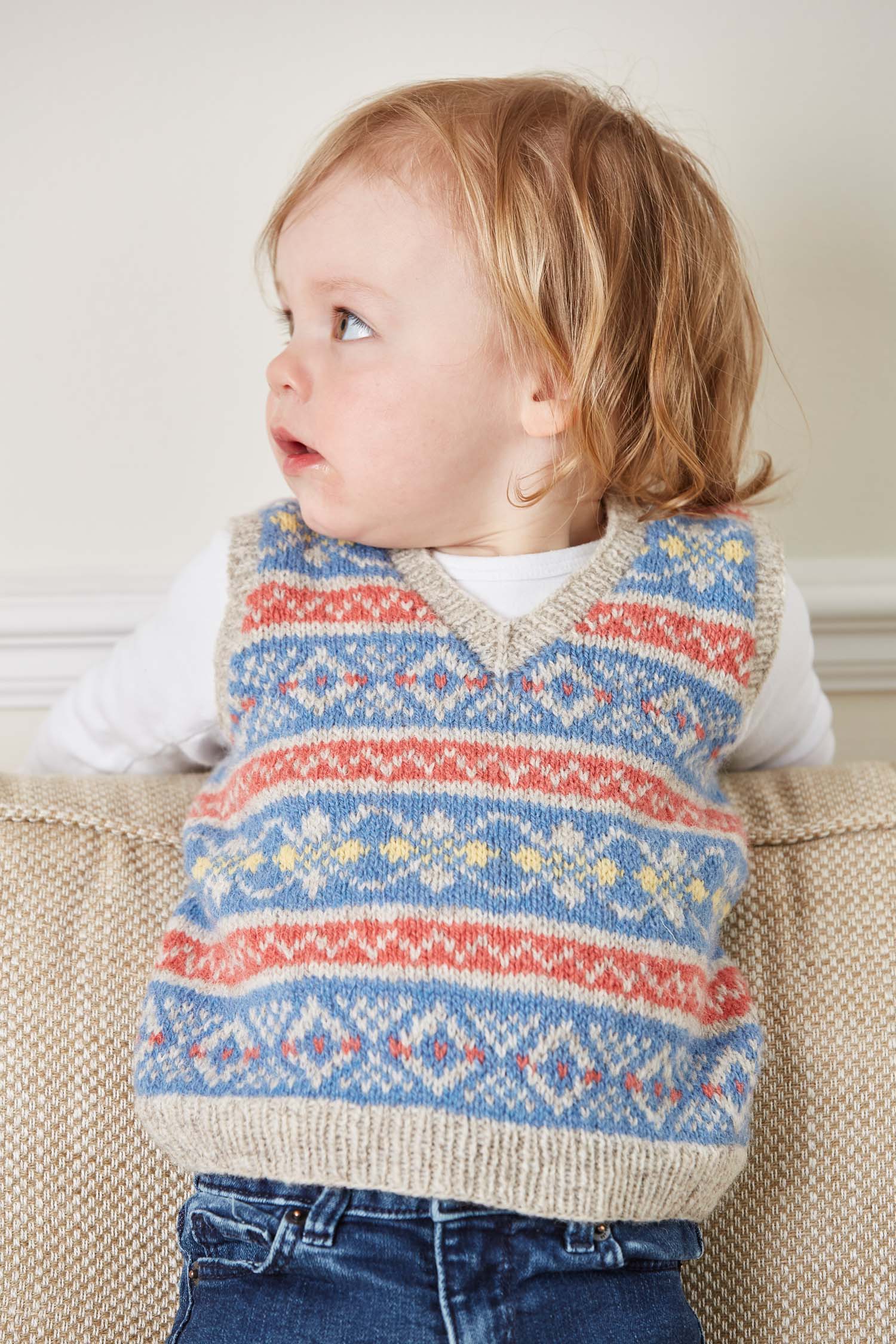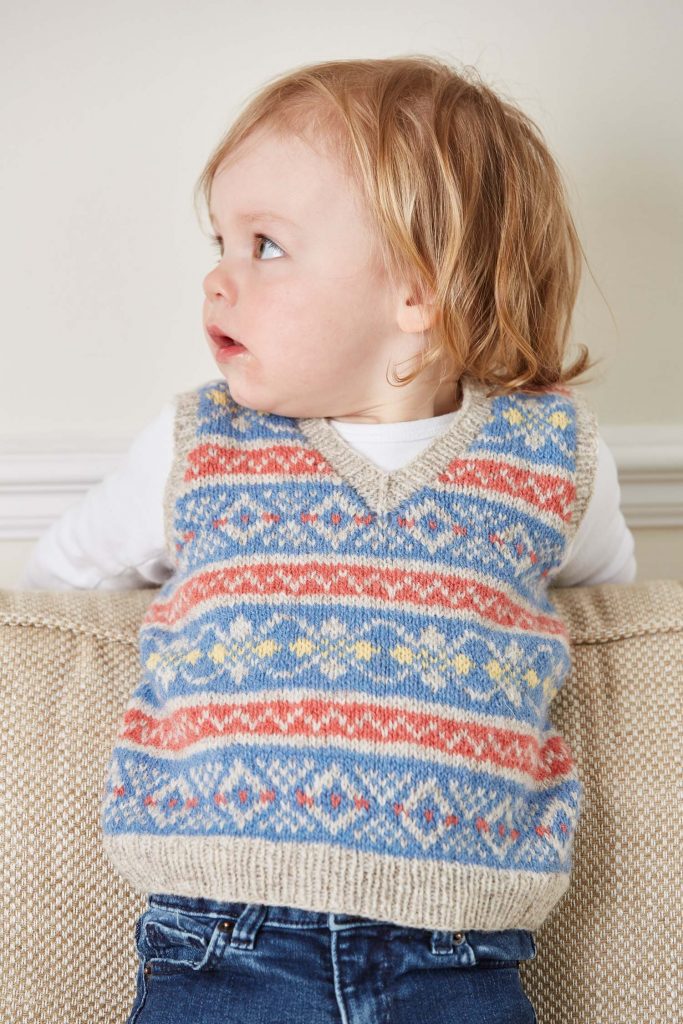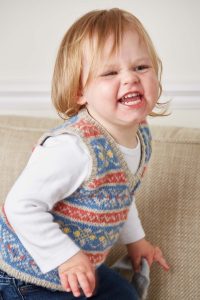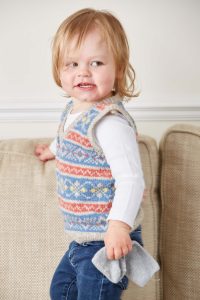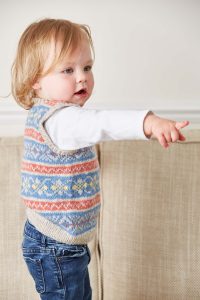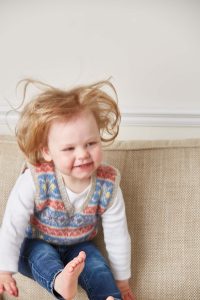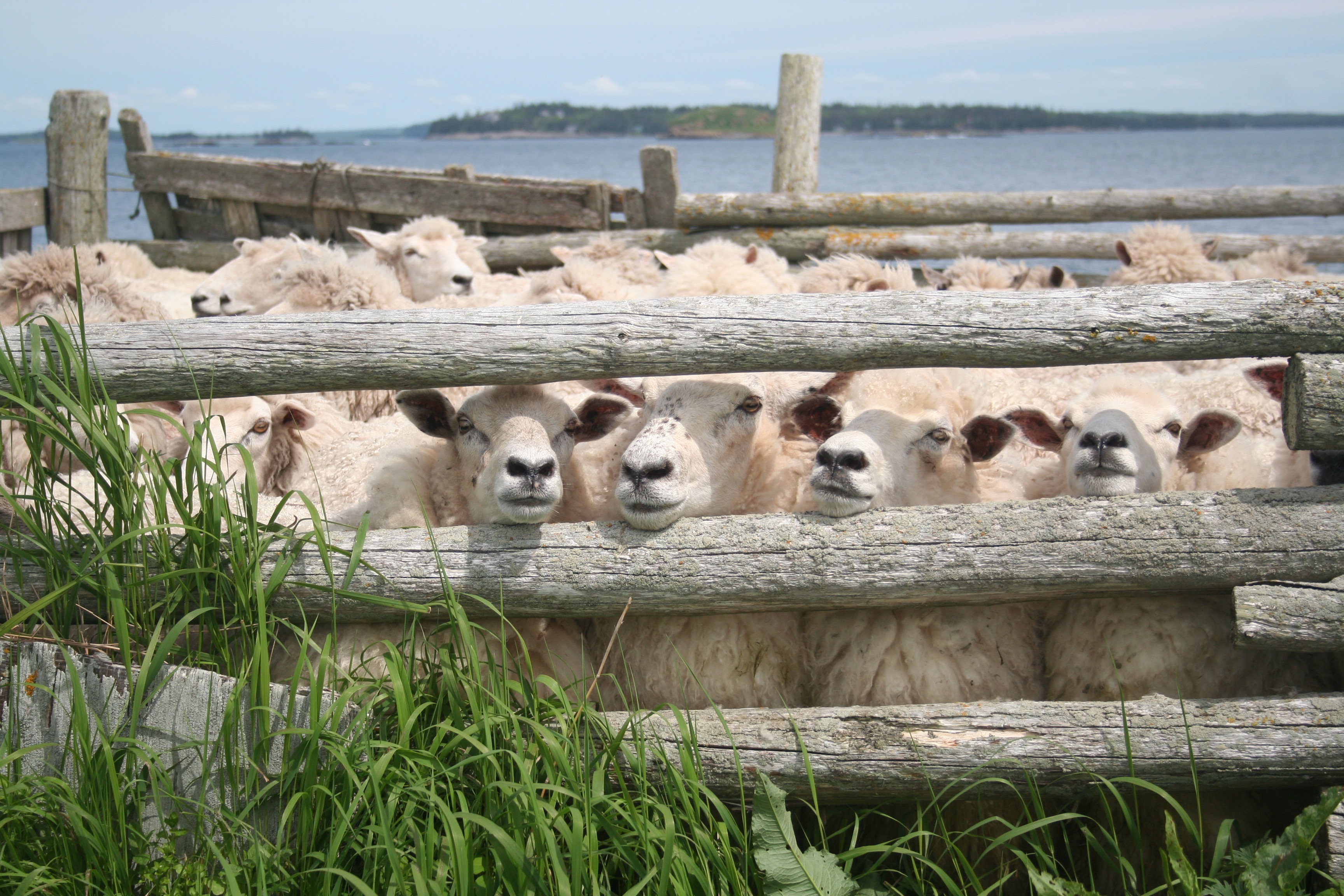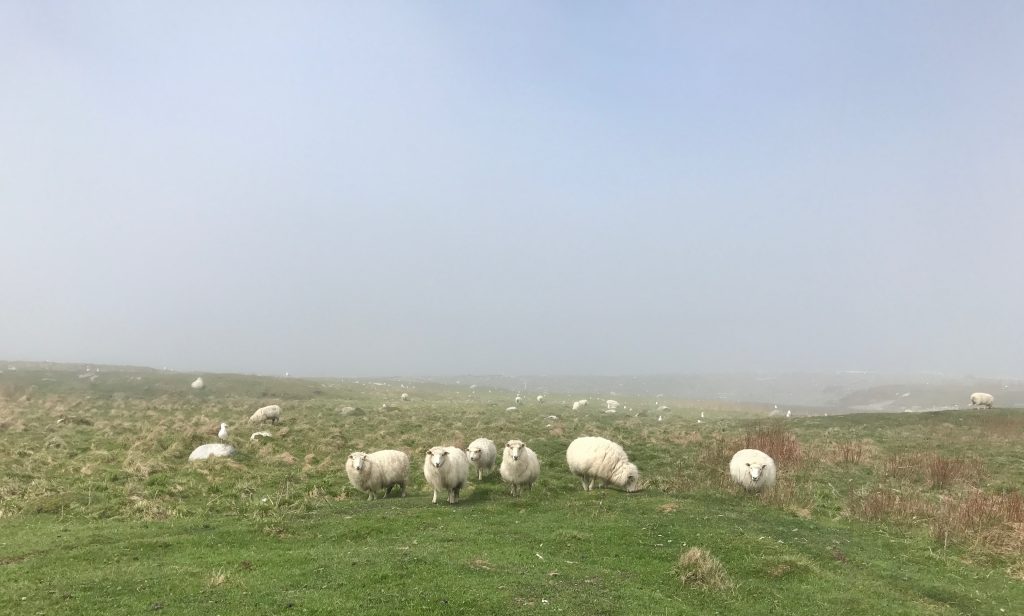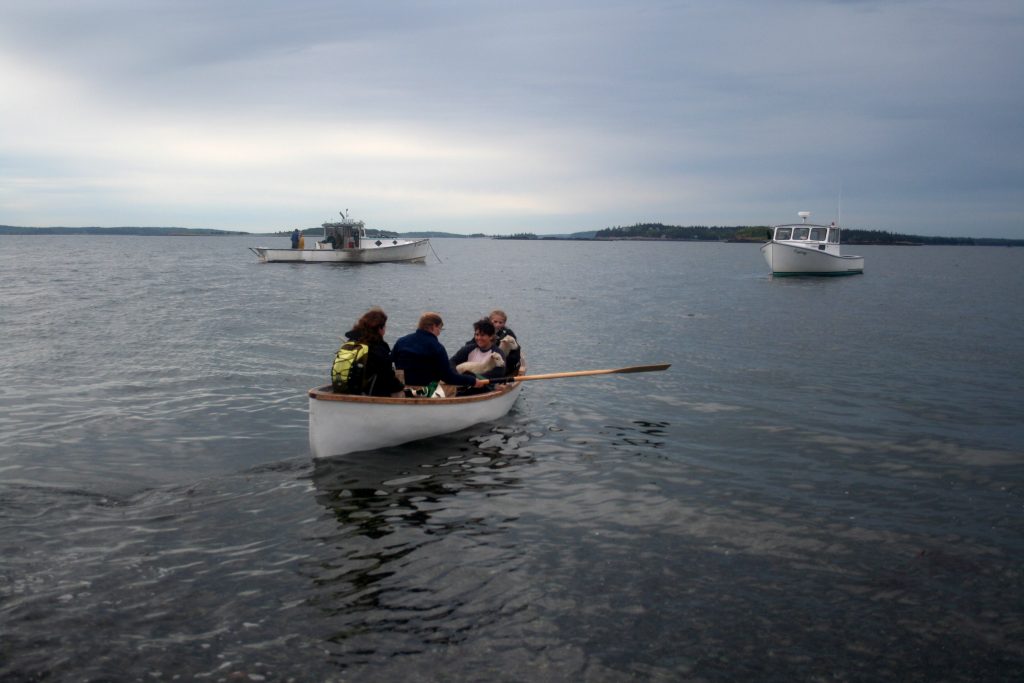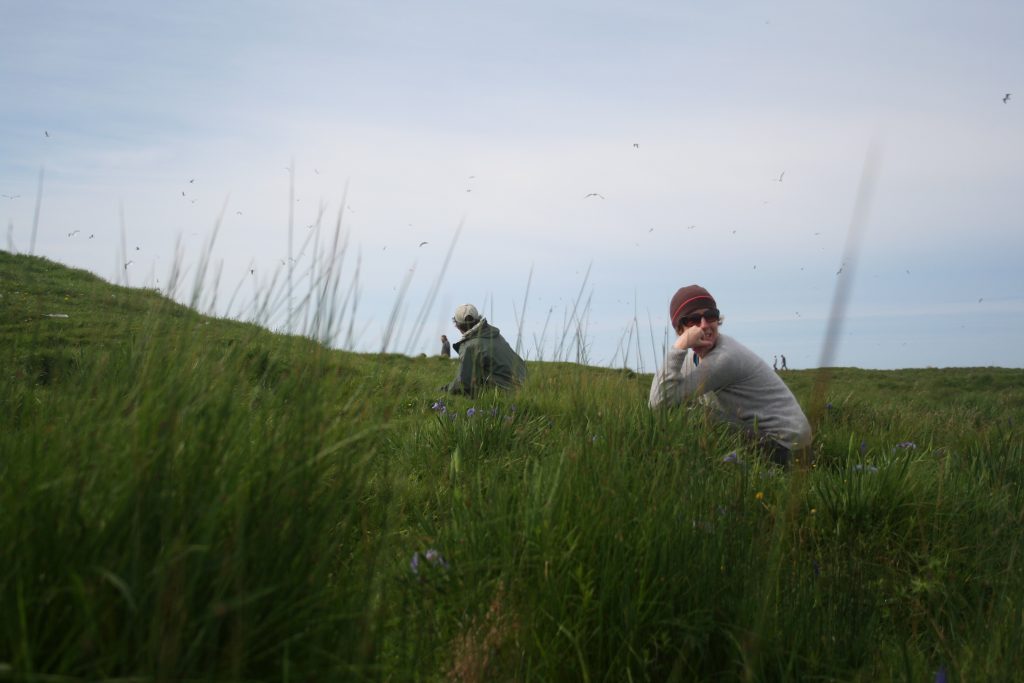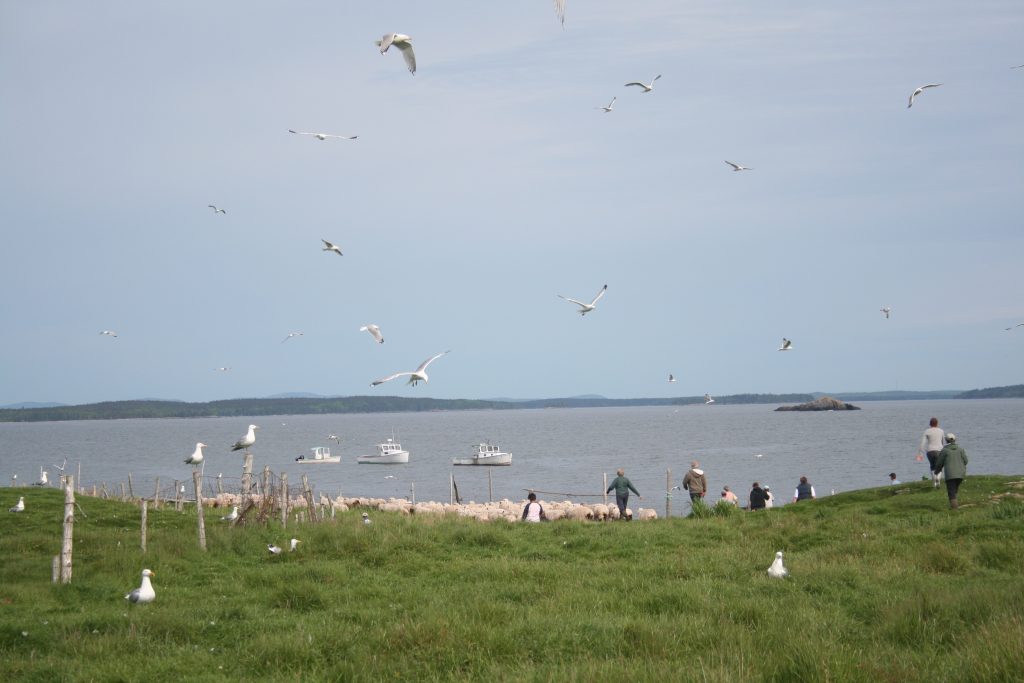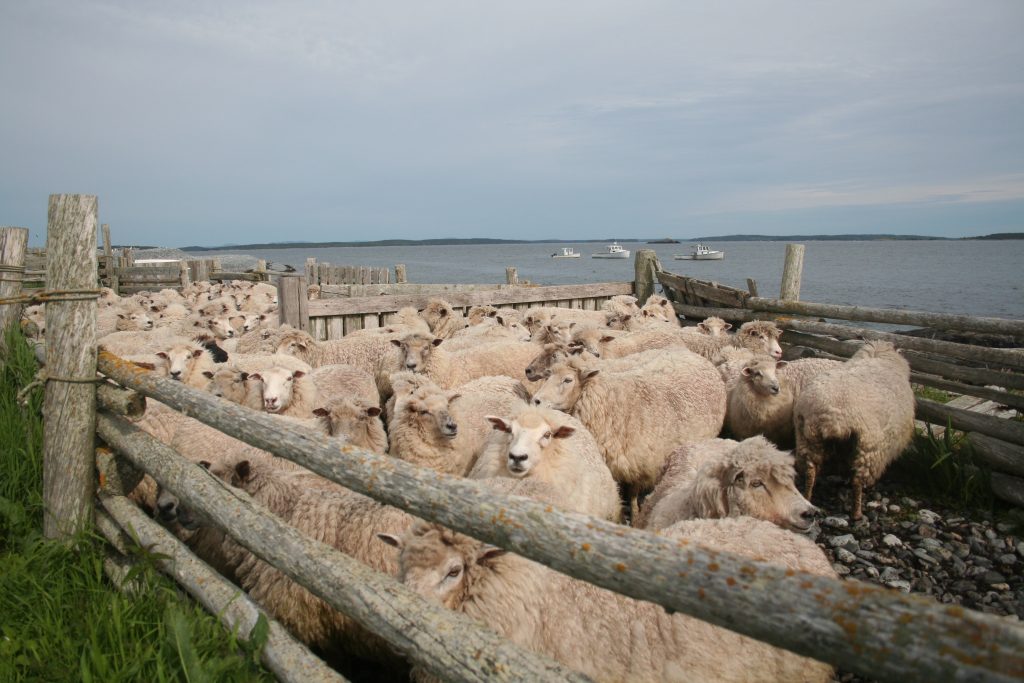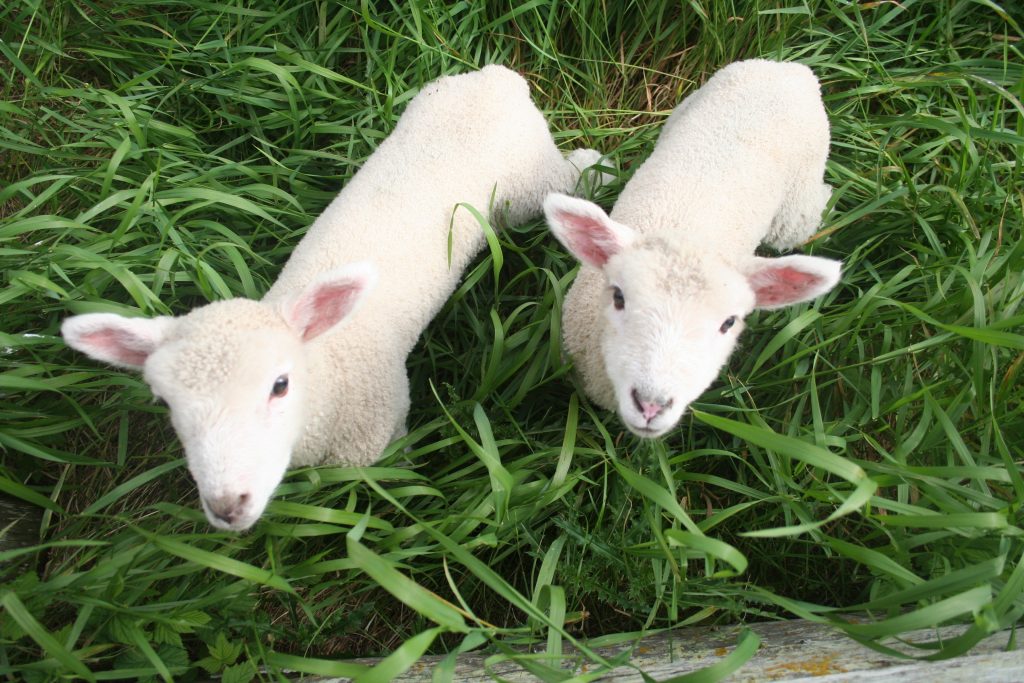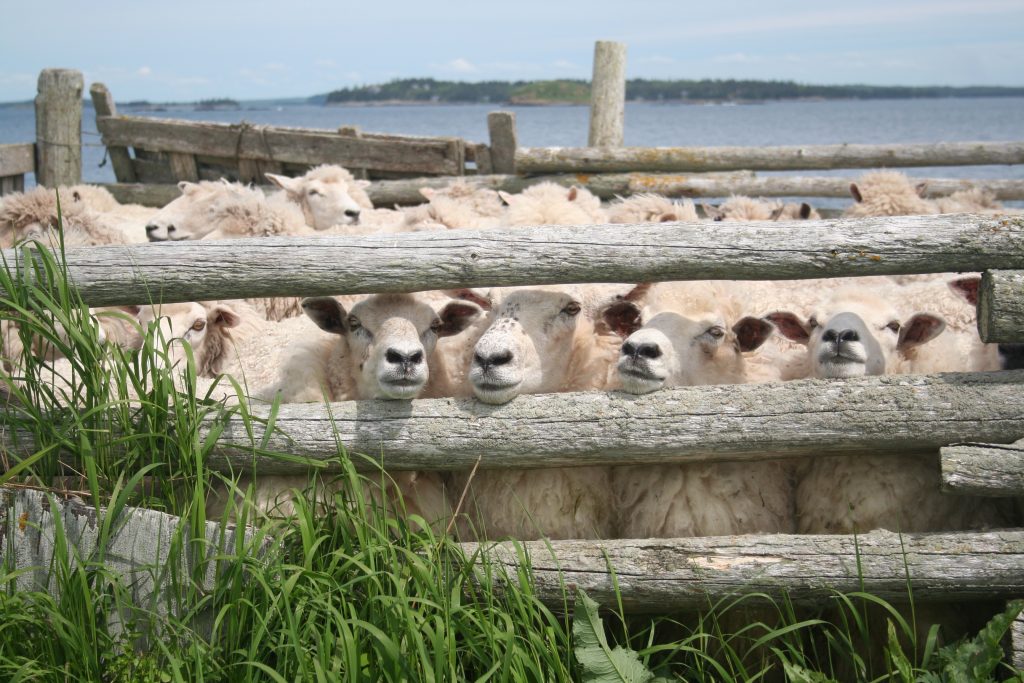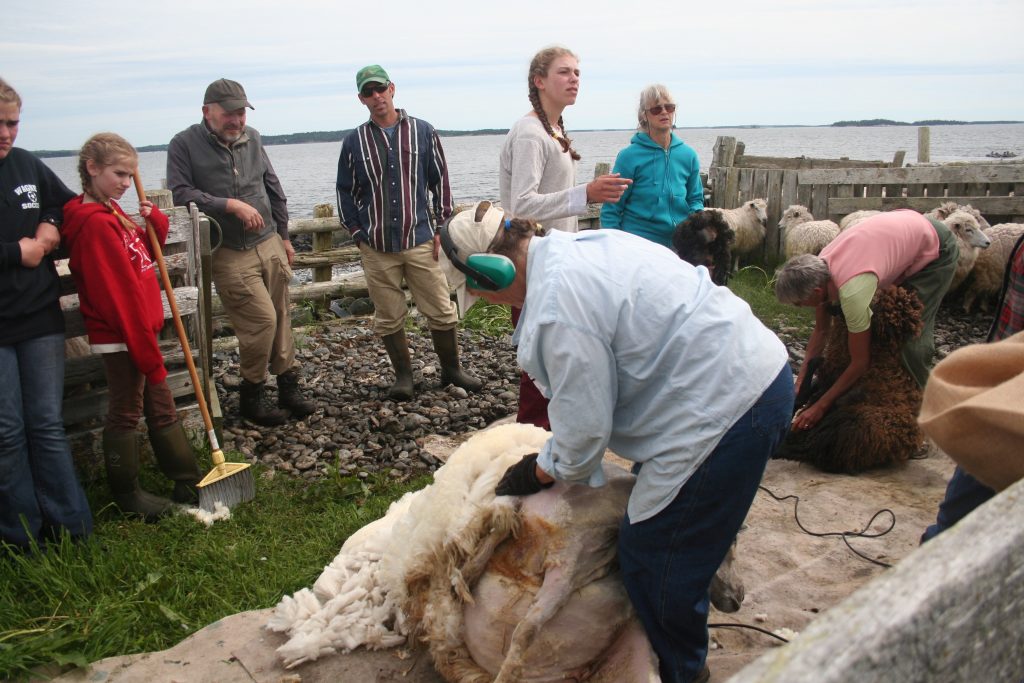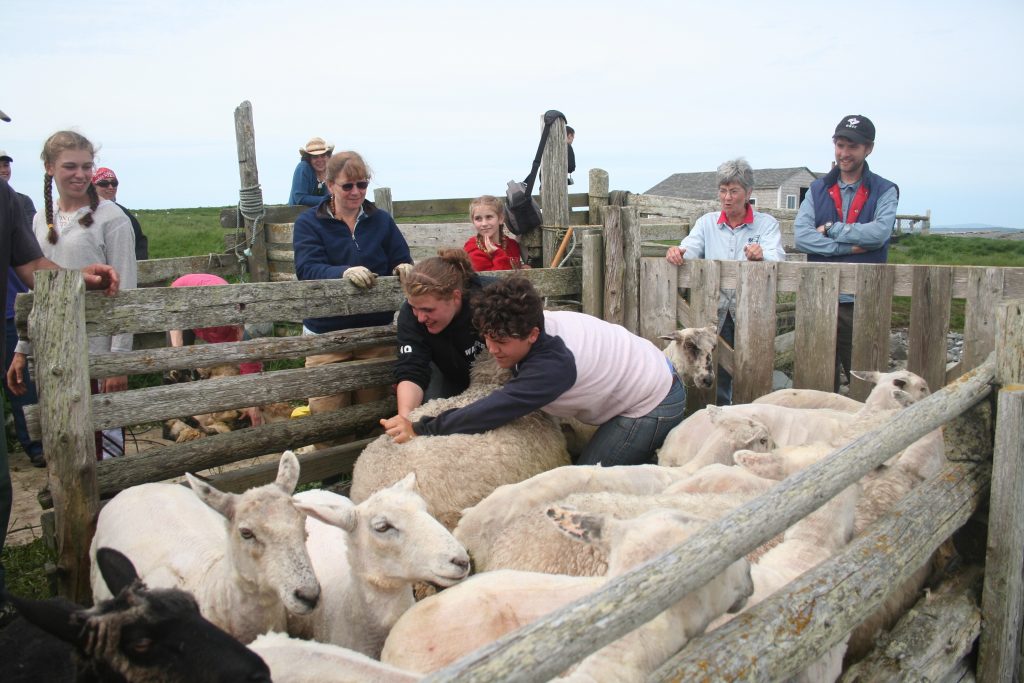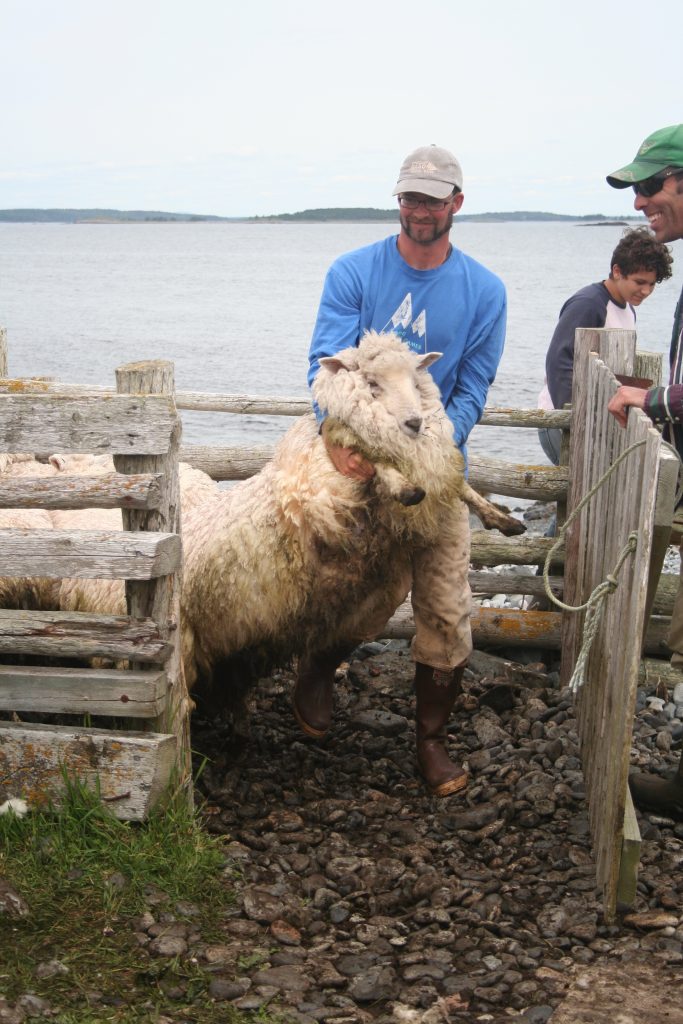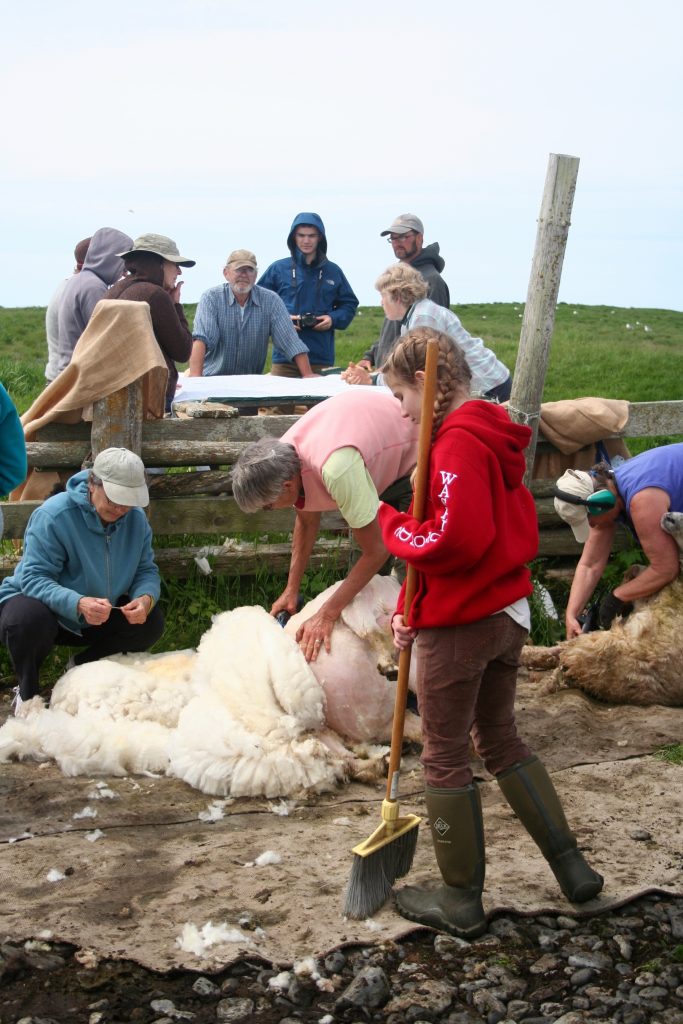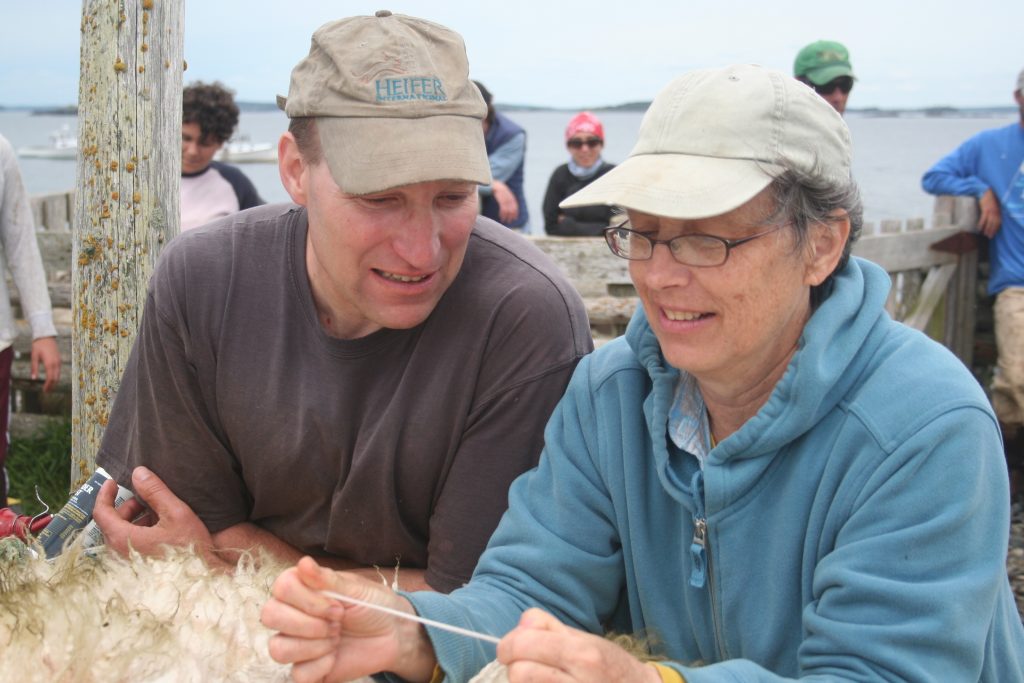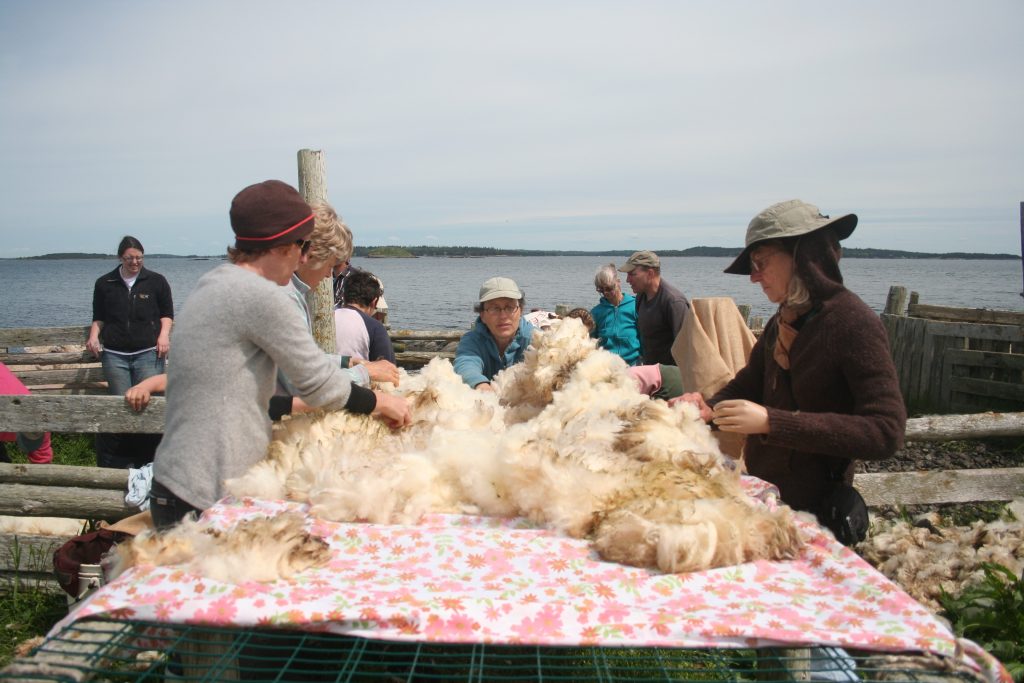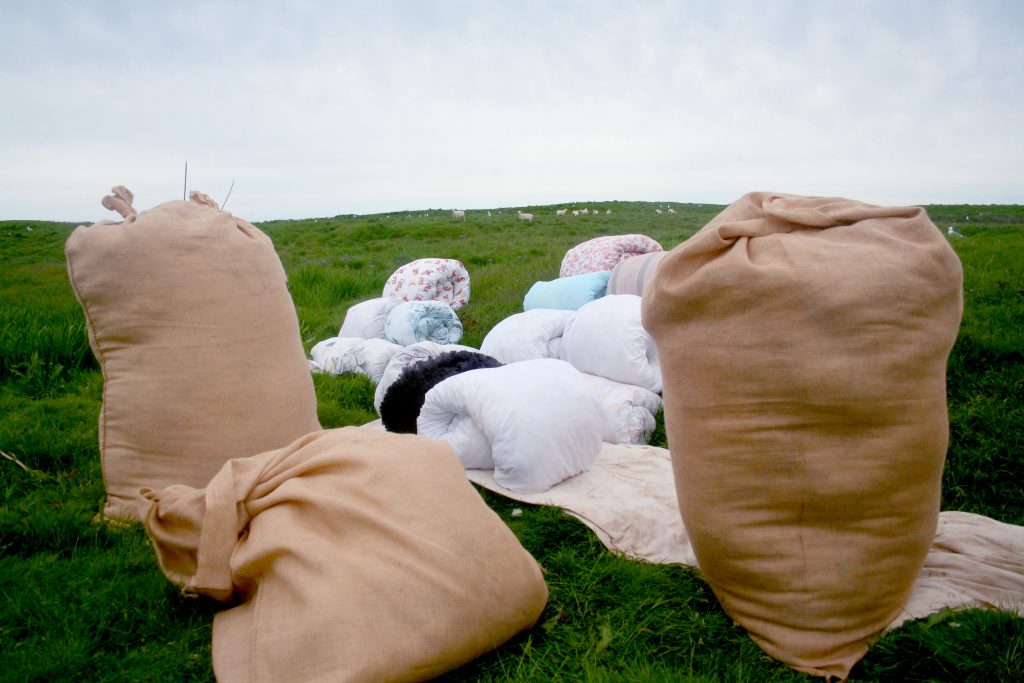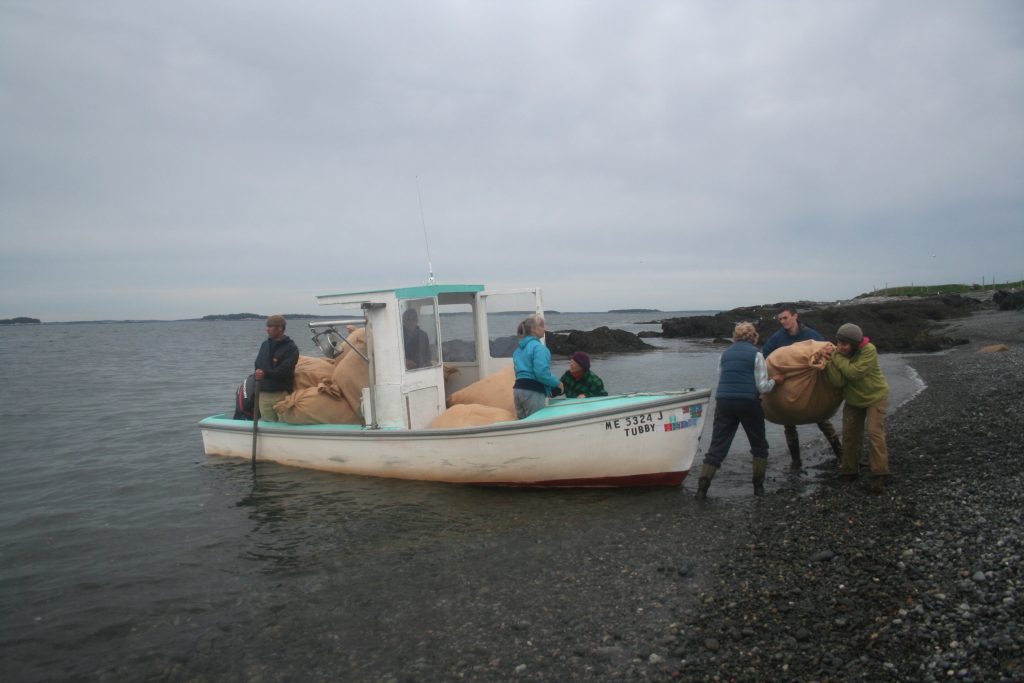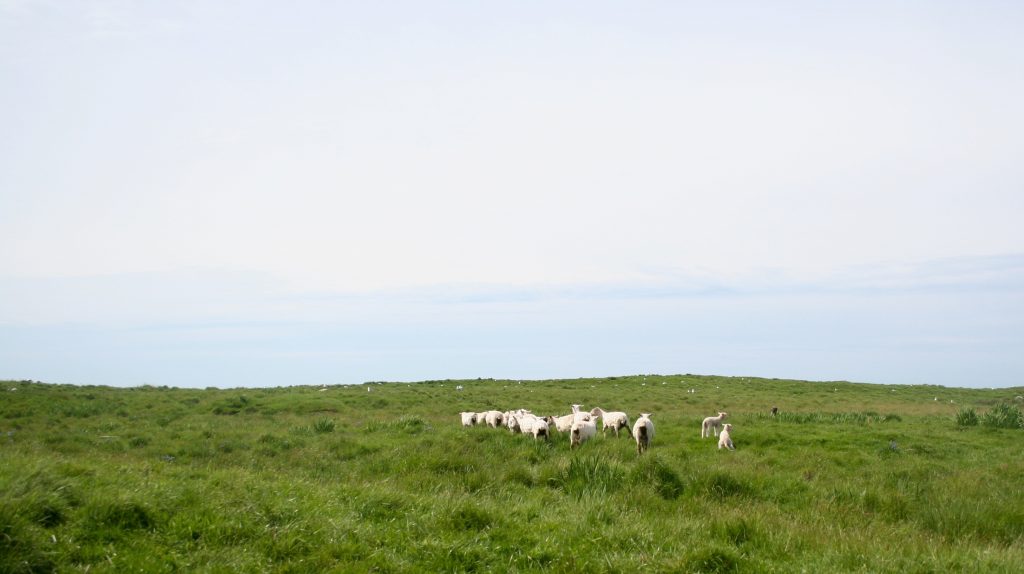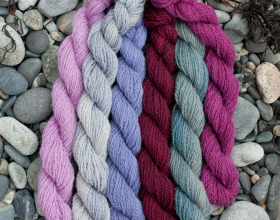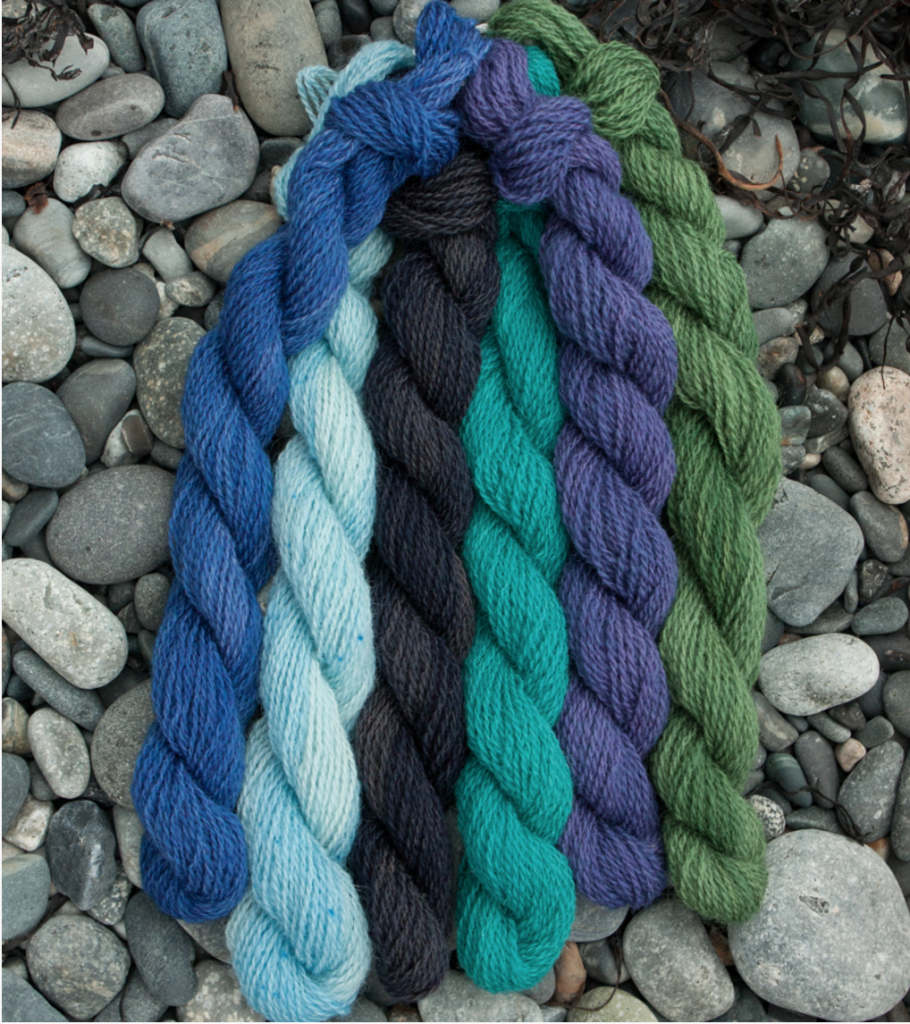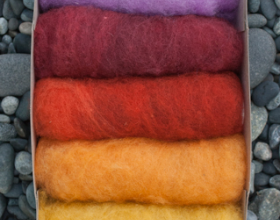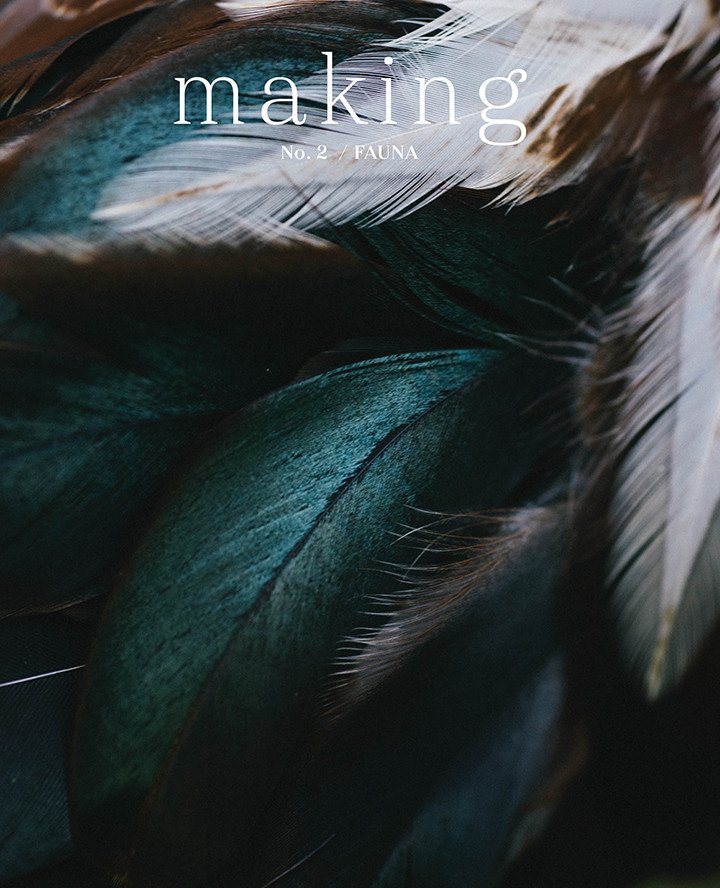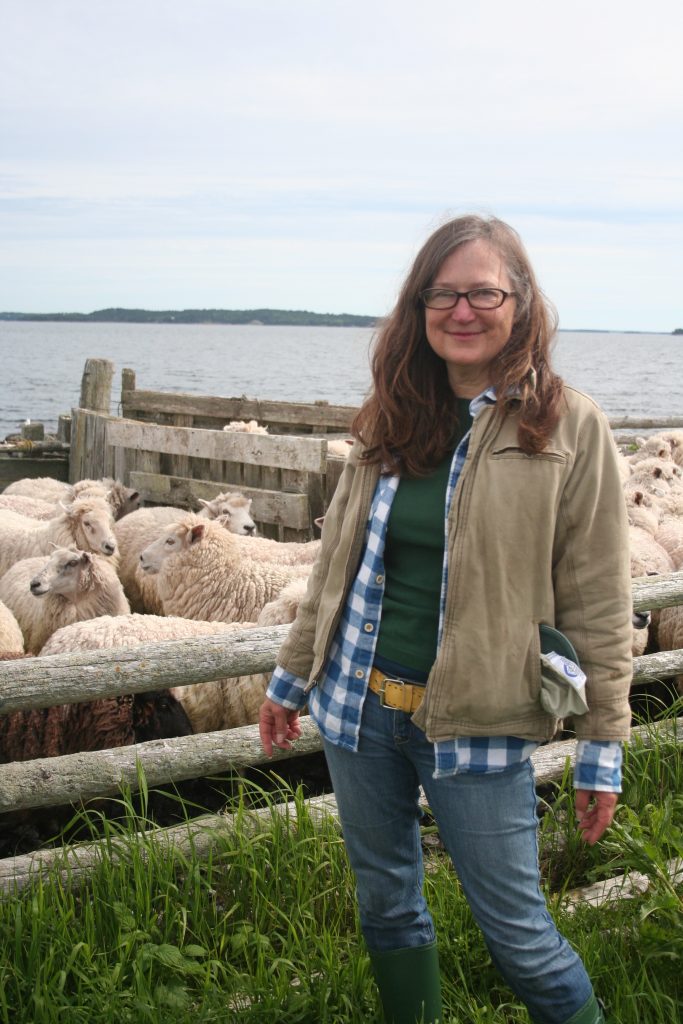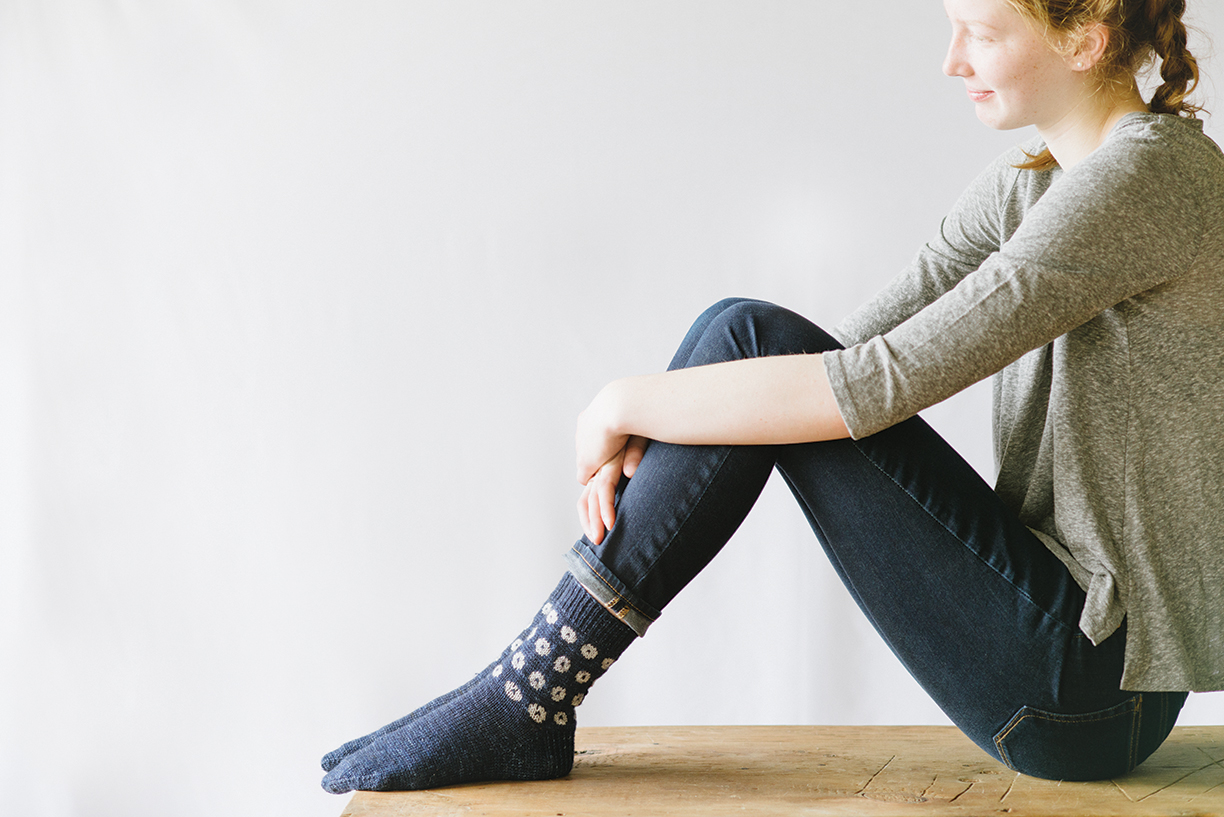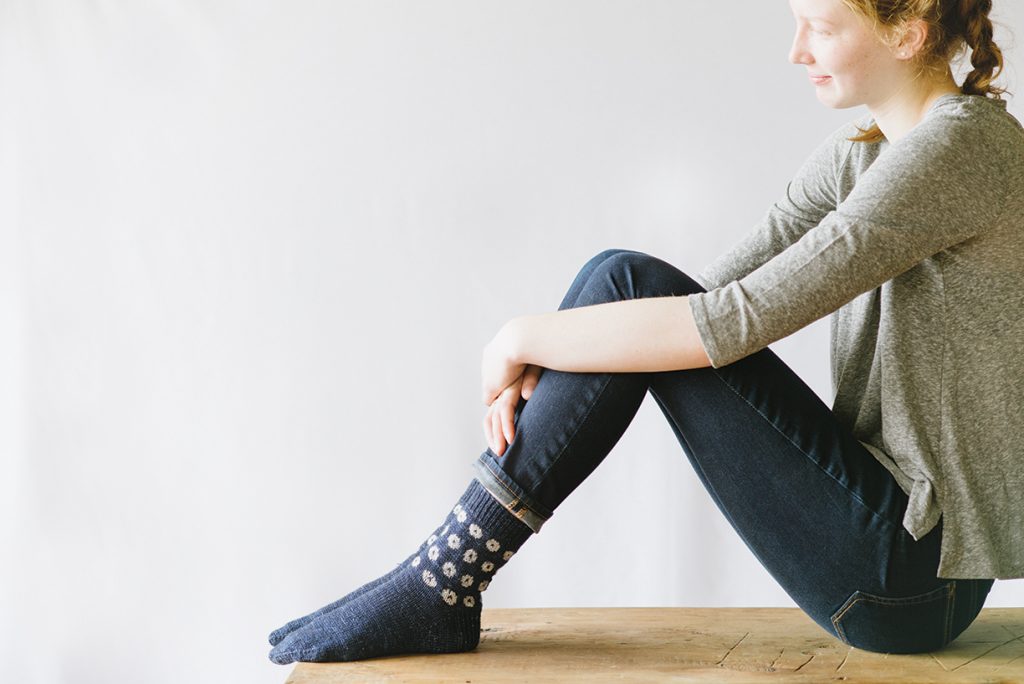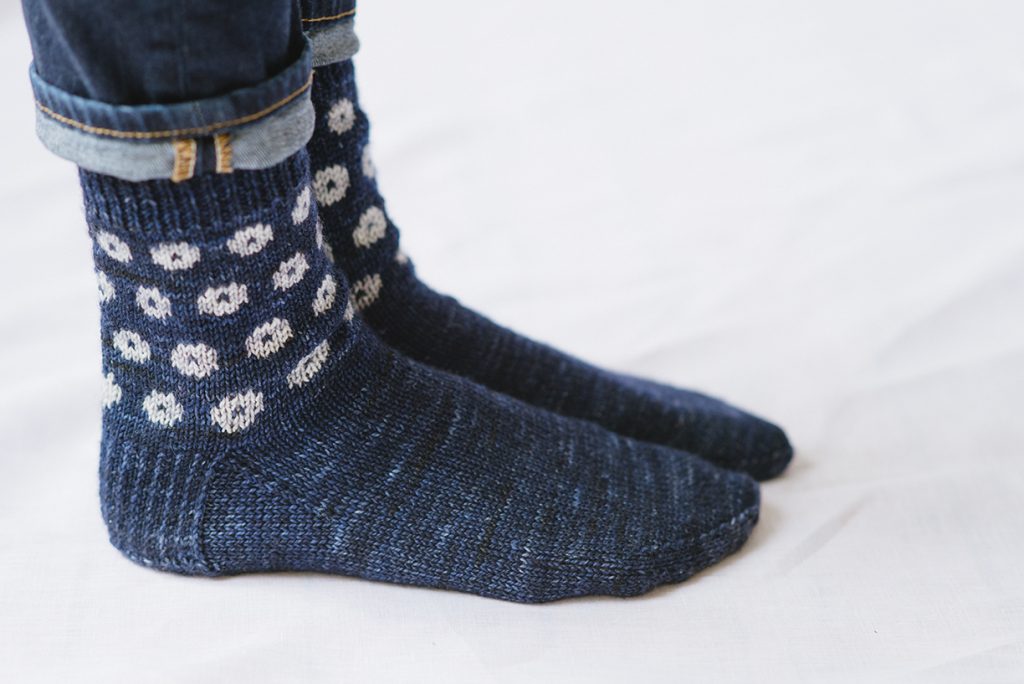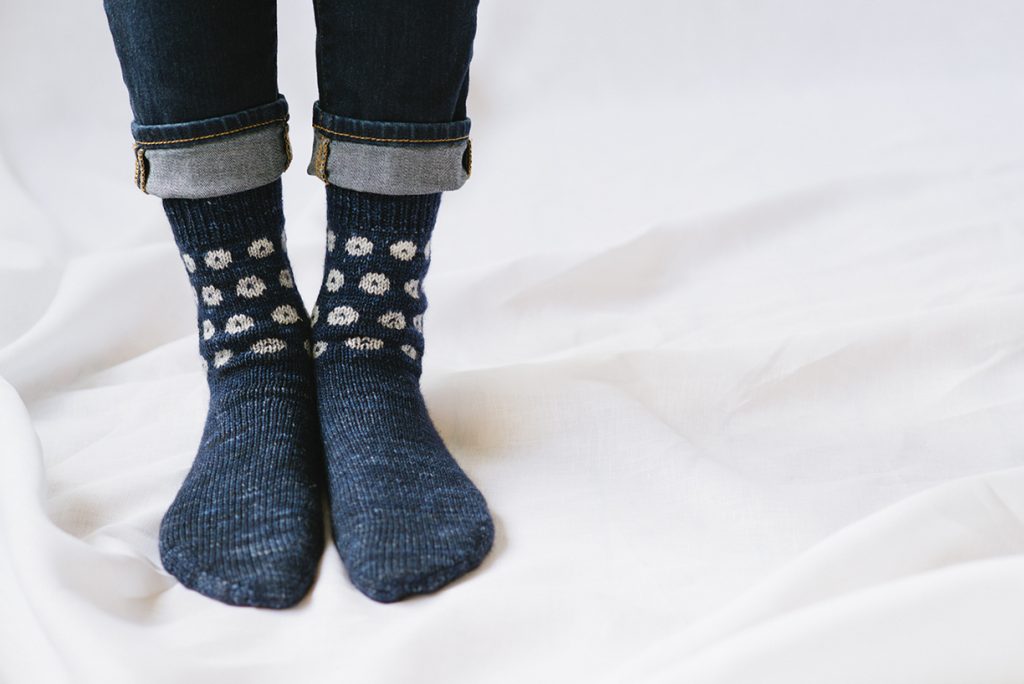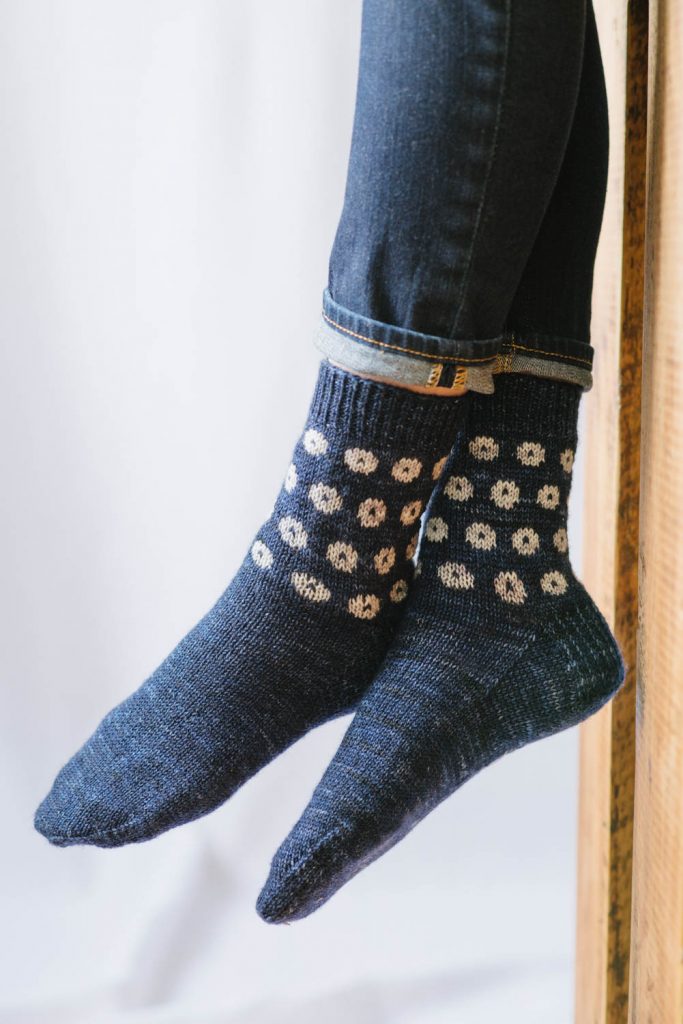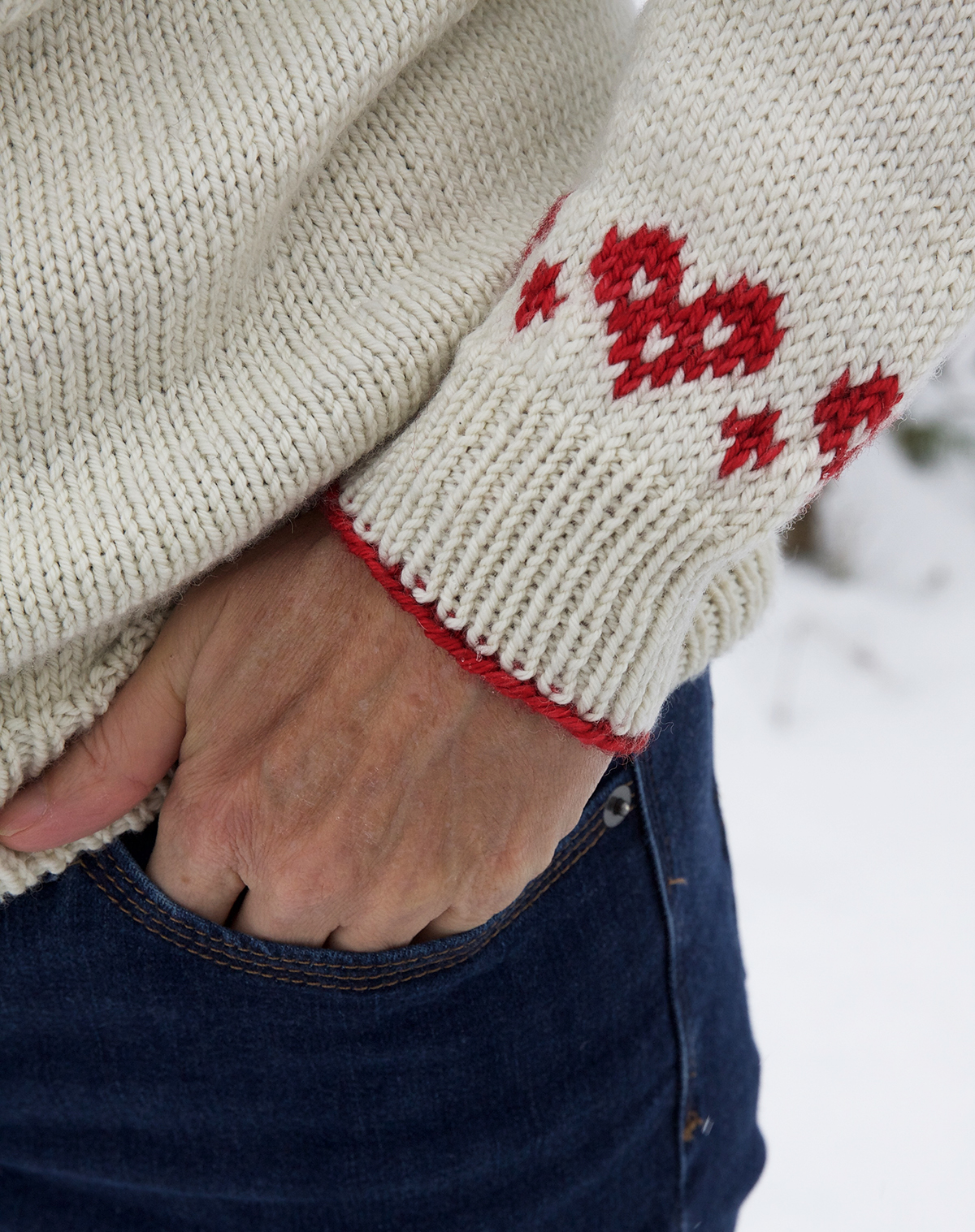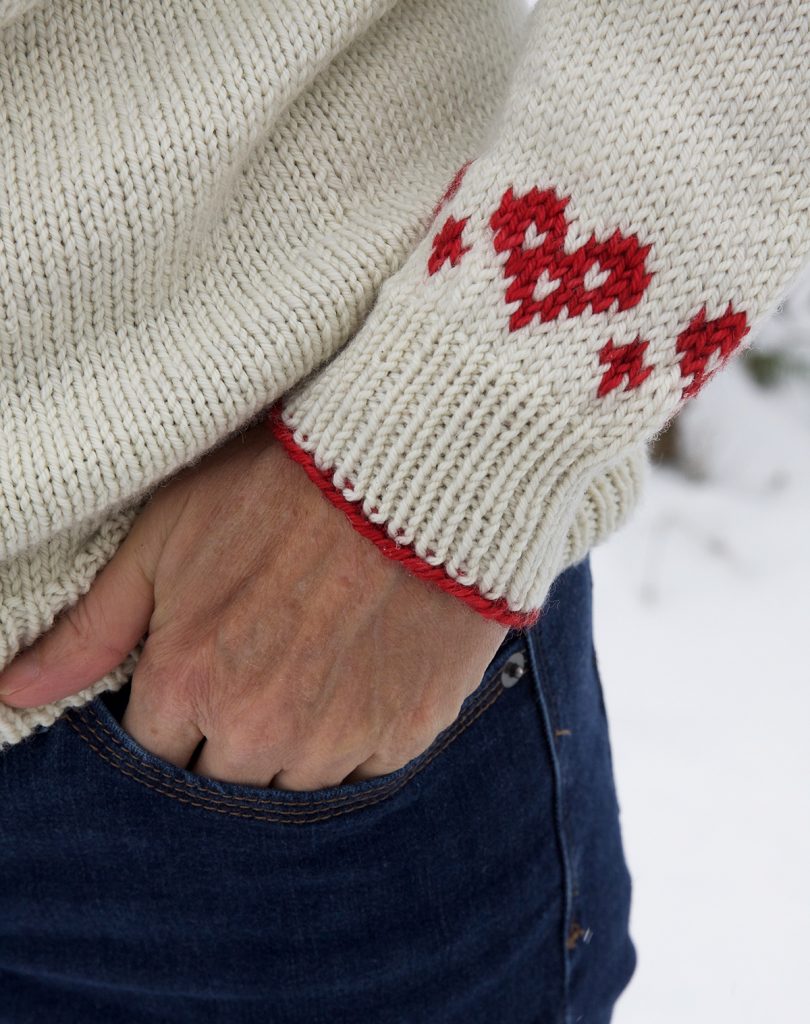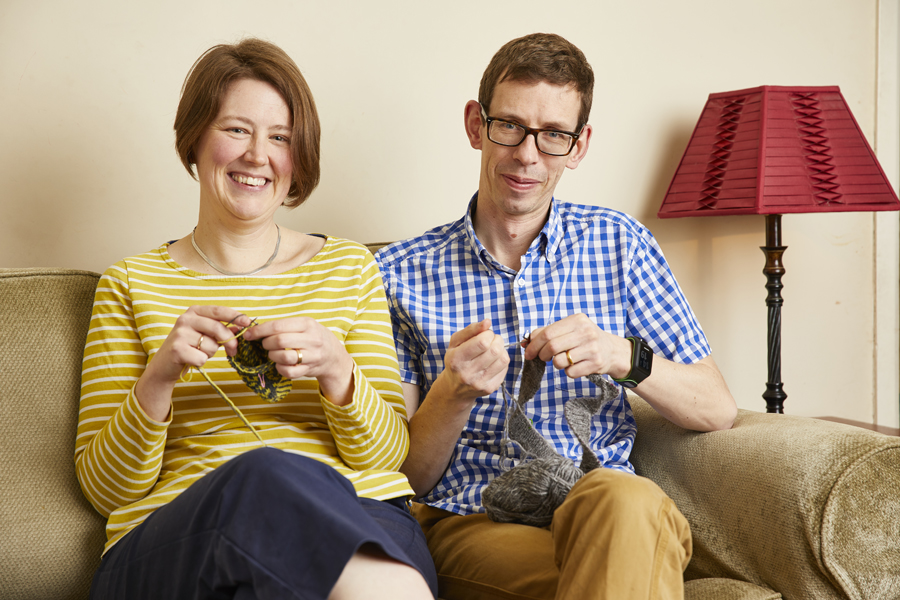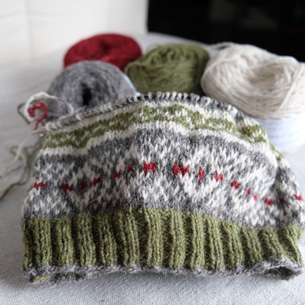

I’m impulsive. I started my new Oorik for the KAL with ribbing from a WIP that had languished. Just the right number of stitches, a gorgeous Moss Heath green from Uradale Yarn, a 100% organic Shetland wool. Since I only have a few colors, the challenge is to make them work in a pleasing manner.
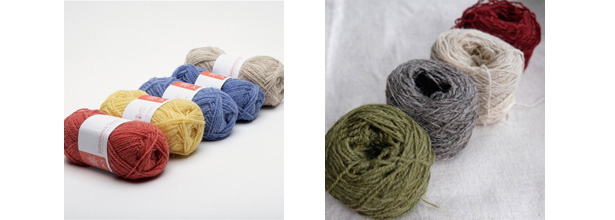
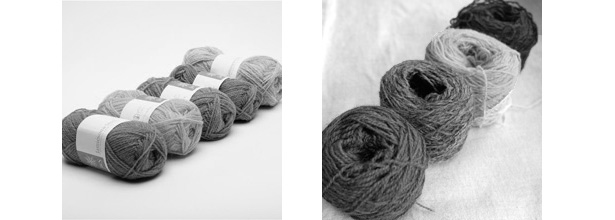
I didn’t think I’d be able to just swap color for color to good effect. In the original there isn’t as much of a difference between darks and lights as my new group of colors. Three of my new colors are in the middle-dark range, with a big leap to the white. In the black and white image the red appears super dark, but we know by our eyes that it won’t just read as a neutral dark, it will pack a punch if knit in any great amount, just a single row of pattern stitches in the first border pattern illustrates this.
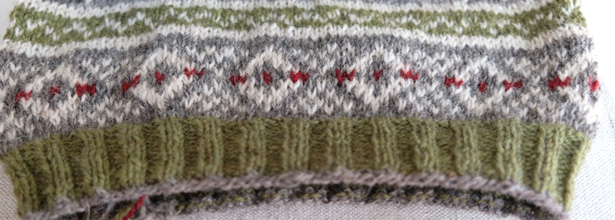
That first border pattern is what I love. It’s exactly what I was looking for. The little bursts of red in the center cheer me to no end. I like the zigzag peerie pattern with green as the background too.
What comes next? I didn’t want to think. I was LAZY. My only thought…I need an instagram post! STUPID. Well actually the knitting was fun. Mindless zipping away…I knew the second border pattern wouldn’t work, but I thought maybe I’d surprise myself. Um…no.
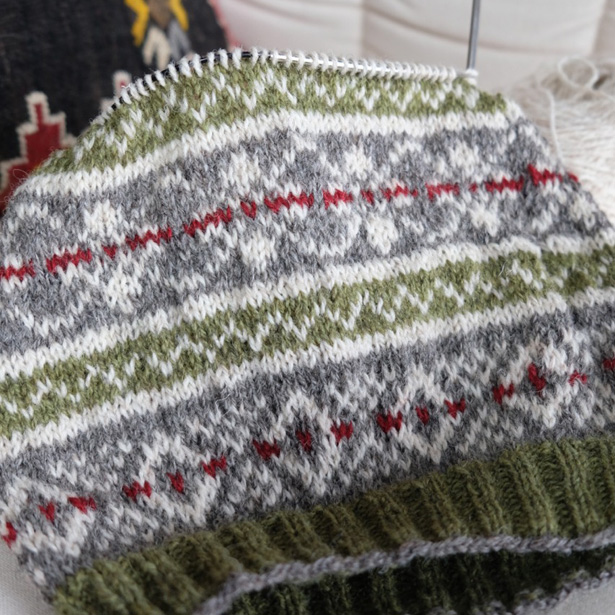
I think the red “cuts” the pattern, creating a red line, in large part because there are so many pattern stitches in that round. I also believe the lacy curves of the pattern don’t show up because they are only one stitch and they get lost. See the difference two stitches of the same color side by side makes in the first border pattern?
I also really dislike the wide white stripes between the border patterns and the peerie pattern, they become an annoying “feature” that does not occur in the original colorway.
So what have I learned? What do I teach my students? SWATCH FOR COLOR. You can wear your swatch as a wristlet! I could keep this swatch as a hat. It does not offend me that much…we’ll see…I’ve got the urge to rip. Ripping back can be cathartic.
I will indeed swatch on 48 stitches and go from there. Stay tuned!
Links
From the book A Year of Techniques
Steeking Tutorial on Mason Dixon Knitting
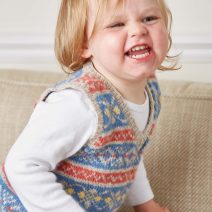


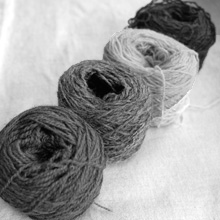


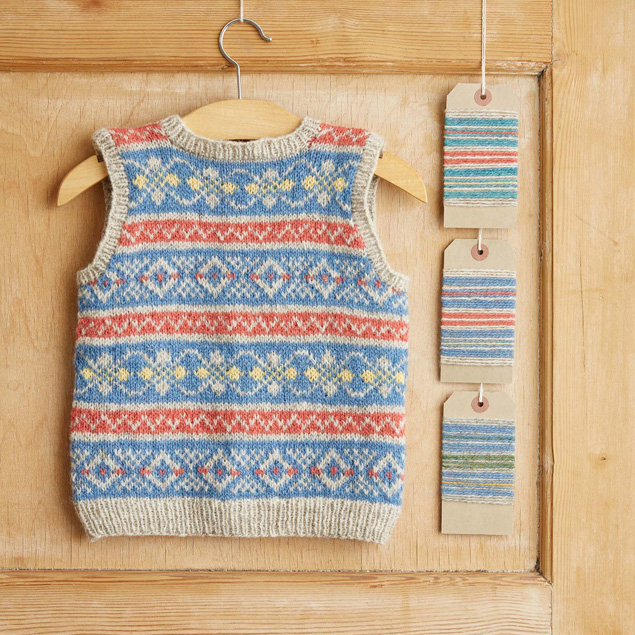

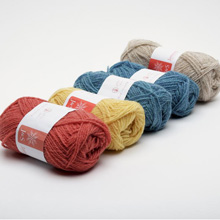
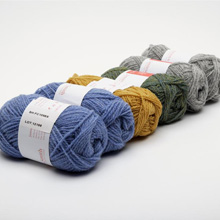 Original (left), Different Blue (middle), Muted (right)
Original (left), Different Blue (middle), Muted (right)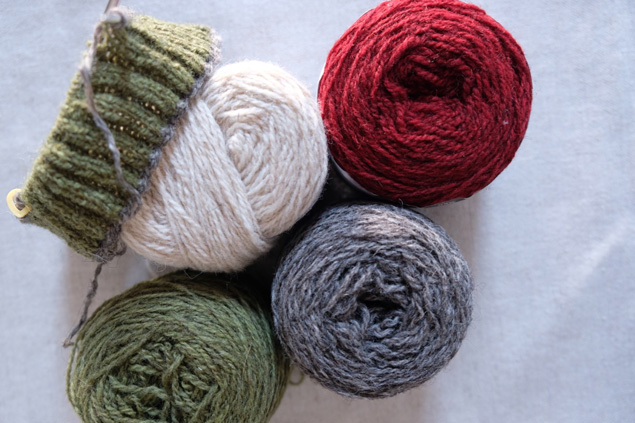 Uradale Yarns 100% Organic Shetland Wool
Uradale Yarns 100% Organic Shetland Wool